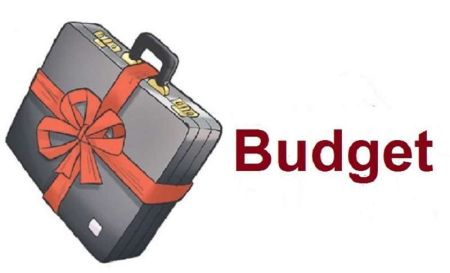By Hom Nath Gaire
The Monetary Policy for the fiscal year 2011/12 has made an attempt to be balanced with the expansionary fiscal policy of the government of Nepal despite fears of inflationary pressure, apart from reducing the Cash Reserve Ratio (CRR) by 50 basis points to five per cent. At the same time, NRB, the country's monetary authority, has accepted the ground reality that the monetary management of the economy is getting tough due to high inflation and unfavourable external sector accompanied by the deepening liquidity crisis in the financial system of the country.
To ease the liquidity situation in the economy, the policy has reduced CRR by 0.5 percentage point to five per cent. The policy document said, The revised CRR is estimated to instantly release around Rs 4 billion in the financial system.
This fiscal year too, the policy has targeted seven per cent inflation. To support the fiscal policy aim of five per cent growth rate, the central bank is planning to increase the broad money supply by 12.5 per cent but the policy is ignoring its implications on general price level. However, NRB has attributed rising consumer price to supply constraints, defending its failure to contain the inflation to seven percent according to the target of its last year's monetary policy.
According to the central bank data, the broad money supply including the balance sheet of commercial banks, development banks and finance companies enlarged by 7.3 per cent but the consumer price increased by an average of around 10 per cent in the last fiscal year's first 10 months. The 7 per cent target of consumer inflation for the current fiscal year is a big challenge due to the adverse impact of expansionary fiscal policy on which the government is planning to finance the capital as well as the recurrent expenditure through deficit financing. The overall macroeconomic policies have to be revisited as the Monetary Policy could not achieve inflation and Balance of Payment (BoP) target, the policy accepted, Apart from that managing liquidity and maintaining financial stability is an immense challenge for effective execution of the policy.
According to the policy, BoP that was Rs 11.67 billion deficit in the first 10 months of the fiscal year, has however, recorded an unexpected surplus of around Rs 1 billion by the end of 2010-11, attributing surprise surplus to foreign grants and aids released in the eleventh month.
For the current fiscal year, the Monetary Policy has targeted Rs 5 billion BoP surplus. In such unpredictable and volatile cash flow situation, the BOP target for the current fiscal year may also be hard to realise. Because, as the Monetary Policy has brought no change in the bank rate, refinancing rate and Statutory Liquidity Ratio (SLR), the debt servicing of the private sector may remain higher and the production of exportable goods will be affected adversely, which in turn will result in wider trade deficit and unfavorable BoP. However, the central bank has stated that refinancing will be revised according to liquidity need. This alone may not be sufficient to meet the demand for credit in the productive sector and boost the exports.
The foreign exchange policy for individuals has become more as a Nepali willing to visit abroad can get foreign exchange up to $2,500 for once or a maximum of $5000 in a fiscal year, revising the facility from last fiscal year's $2,000 and $4,000 respectively. Similarly, NRNs can open foreign currency bank accounts and special arrangements will be made for Nepalis to open NOSTRO accounts in foreign countries. Likewise, the policy allowed the banks to exchange foreign currency up to $1,000 provided the beneficiary supplies credible source of foreign exchange with identity.
The policy has increased provision of deprived sector lending to 3.5 per cent and asked banks and financial institutions (BFIs) to raise this ratio by 0.5 percentage point for two years. This provision will be helpful in directing lending towards productive sector as well as deprived sector and supportive to achieve the economic growth of 5 percent, revealed the policy. The targeted economic growth is also hard to achieve in the situation of deteriorating investment climate and low investor confidence due to government's tilt towards a socialist economic system.
According to the monetary policy, the deposit mobilisation of BFIs will be increased at the rate of 13 percent by the end of the current fiscal year and will add around Rs 100 billion to the country's banking system. To achieve this target, the policy tries to address the crisis of trust in the banking system by extending deposit insurance up to Rs 200,000 to commercial banks as well so that small depositors feel safe. Earlier, the deposit insurance was mandatory only for the B and C class BFIs. By the end of last fiscal year, the deposits of BFIs increased 8.2 per cent to Rs 788.72 billion and the foreign exchange reserve increased by a mere Rs 2 billion to Rs 270 billion from a fiscal year ago's Rs 268 billion.
Apart from encouraging BFIs to open branches in select nine districts, where there is less access to formal source of finance, the policy directed BFIs to include a collateral-free loan of up to Rs 200,000 for the study of technical education under deprived sector lending.























